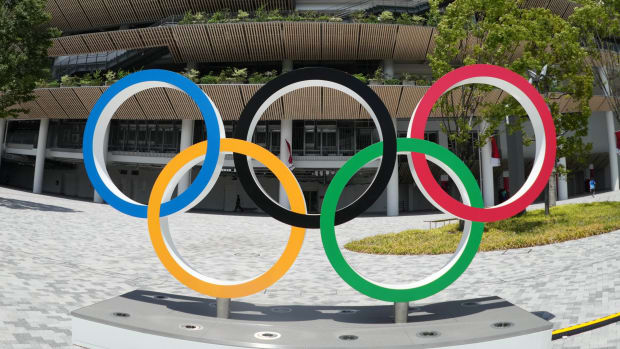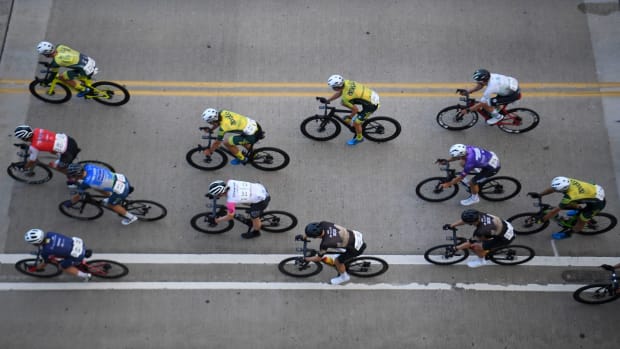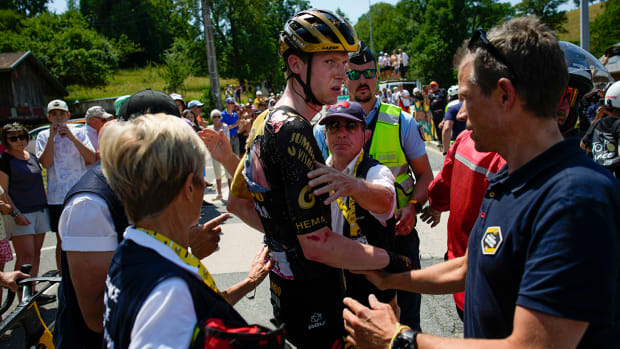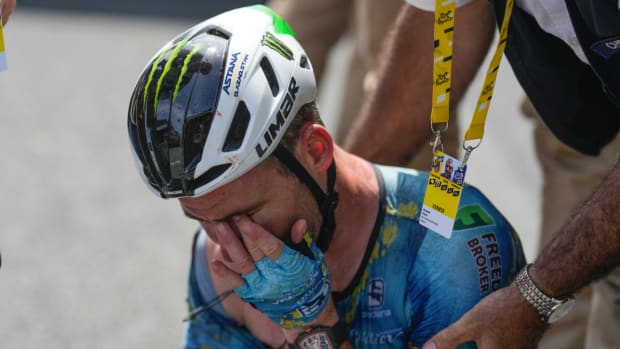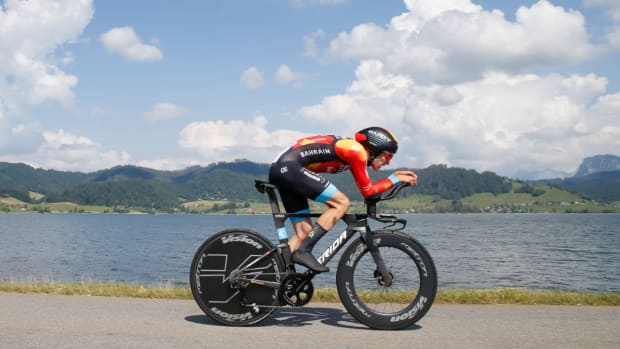American viewers getting more chances to watch cycling on TV
KANSAS CITY, Mo. (AP) The explosive growth of cable sports networks over the past two decades has helped to bring the predominantly European sport of cycling to more and more Americans, from the fanatics to the casual viewer who may not know a peloton from a derailleur.
Just this week, folks with the right television package could spend the morning watching beIN Sports for live coverage of the Giro d'Italia, one of cycling's three grand tours. Then in the afternoon, they could flip to the NBC Sports Network to watch live coverage of the Tour of California, which has grown over the past 10 years into the marquee U.S.-based stage race.
''It's the sort of thing where someone is tuned into our network or channel-surfing, they'll come across cycling and then we have a chance to convert new fans,'' said Scott Brown, president of Universal Sports Network, which will carry more than 185 hours of live cycling this year.
''Sometimes it's just about exposure,'' he said. ''If it's not on the air, people can't watch. But by having it out there - there's a reason this sport is so popular outside the United States.''
In Europe, thousands of fans turn out for major one-day races, and the courses of the Giro, Tour de France and Vuelta a Espana are often lined by fans 10-deep to see the peloton - the main field - pass in front of them for just a few spectacular seconds. For those who can't make a race in person, just about every significant race is carried on TV.
Until just a few years ago, those races were rarely beamed to America. In the beloved 1979 movie ''Breaking Away,'' Dave Stoller of Bloomington, Indiana, fell in love with competitive bike racing in part by reading trade magazines published in Europe. His options were limited.
In fact, the Tour de France did not become regularly available on U.S. television until the late 1990s, and other major races were only available to those with a fast enough online connection. But as networks began to notice the massive number of hits on those online streams, they began to wade ever-so-tentatively into carrying the races. Ever since, ratings have slowly climbed, despite the doping scandals that sullied the reputation of Lance Armstrong and others.
''The Armstrong issues a few years ago really hurt us in terms of mainstream advertisers and marketers,'' said Jim Miller, president of programming for NBC Sports Network, ''but we've done a good job and the sport has done a good job of ridding itself of a lot of that stain. We have a lot of mainstream advertisers coming back to the sport.''
Take the Tour of California as an example. Along with cycling companies such as SRAM and Bianchi, major sponsors include Lexus, Michelob Ultra and Coca-Cola.
There are many reasons for the sudden surge in interest from such mainstream advertisers. Some viewers watch races as a travelogue, enjoying the scenery of France or Italy. Others enjoy the spectacle of the colorful peloton climbing the mountains. Still others enjoy the competition, becoming engrossed in the nuances of the breakaways, chases and dramatic sprint finishes.
Then there's the rapid growth of participatory cycling. More people are riding recreationally and perhaps more are tuning in to see the best riders in the world on TV.
But maybe more than anything else, the reason cycling is finally available to the masses is that broadcast technology has finally caught up to the sport.
Races usually cover more than 100 miles, often over mountains and other harsh terrain. They take place in sunny, scorching weather or rain, sleet and sometimes even snow. It takes the right kind of equipment and reliable means of sending footage to make it work.
''We can do a lot more today than we could 20 years ago,'' Brown said, ''and that's only going to improve as things like drones are integrated into the production assets.''
Universal Sports is a good example of the growth in cycling on television. Once an online-only service that had its pick of events to broadcast, the now-cable network lost the rights to the Giro d'Italia to beIN Sports during the latest round of negotiations.
''To some extent, I think we're a victim of our own success,'' Brown said. ''It's definitely a more competitive landscape now. But that's a good thing for fans.''
